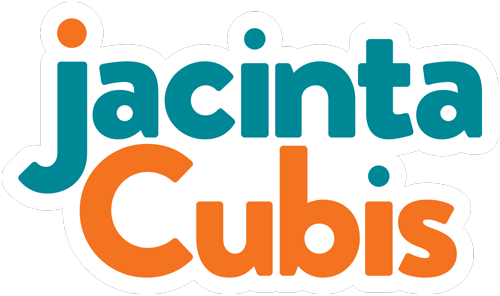Side Hustle
Eyebrows were raised when I opened my wheelie bag before a workshop last week. On display were clap sticks, a maraca, bells, a small tambourine and hand-held sleigh bells. Enough percussion instruments for a band and fabulous for getting the attention of a room full of people chatting to each other.
Workshops are the side hustle of these instruments. I use them in regular jam sessions with two friends. Our band is called 2 Axe Uke – that’s two guitars and a ukulele. You can see our challenge right there. The only thing keeping the beat is our strumming, and that gets a little repetitive after a while. So, my percussion instruments make regular guest appearances with our trio, rather than the usual group of 30 or so at a workshop.
The dual roles of my instruments got me thinking about the potential that lies beyond appearance. My percussion set gets a group’s attention and adds beat and colour to music. I also flip my guitar and use it as a drum when we play ‘Gimme Shelter’. As an added bonus, this frees me up to sing my lungs out!
When I’m at my friend’s house jamming, I don’t always have my percussion instruments and we make do with what is to hand. Kitchen drawers are a treasure trove. You can create a fabulous sound and beat when you move a chopstick along a metal grater. Makes the blues tracks we play even more gritty (we take bookings 😉).
Of course, it’s not as easy as I’m making it sound. Not everyone would be able to get the same musical effect with these oddly paired kitchen utensils.
Which brings me to my main point. No instrument, or tool, is of any use if you are unable to harness its potential. A guitar player’s skill is more important than the instrument she plays on. A tennis player’s skill matters more than their choice of racket. A talented cook can work with the pots and pans in the kitchen. A (fl)awesome facilitator can adapt and make do too. It’s a bit of a flip on the old saying, ‘a poor workman blames his tools’.
The most sophisticated digital tool is next to worthless if a group can’t use it readily or without long instructions and training. A clever process with a group in a room is pointless if it just leaves them baffled.
There is nothing unsophisticated about simple tools. You can get so much more from a post-it note than the usual ‘one idea’. Online groups are still delighted by the colourful mosaic* they create when I ask them to stick a post-it note on their camera. I use these to:
🟨 Take turns to check in or check out - keeps people on their toes too.
🟩 Respond to a quiz - lift off for ‘true’, leave on for ‘false’.
🟧 Get a sense of support for a proposal - take turns to lift off to agree or disagree
And heaps more.
When I’m facilitating, a tennis ball is like the grater I use in our jams. It serves so many purposes. As a participant, it’s my go-to ‘message stick’ for unhurried conversations** and that ‘personal item’ that is often called for. As a facilitator, I ‘throw’ it to participants to ‘catch’ online when they want to contribute to a conversation – then they throw it to each other. I’ve rolled it and tossed it (gently) in a room to elicit reflections relatively quickly. It brings an element of play to what can be perceived as a bit of a ‘squirmy’ process. And if I don’t have a tennis ball, I use an apple or orange.
What instrument, utensil or food has, or could have, a side hustle in your world? I’d love to hear – leave a comment below or send me an email.
*Myriam Hadnes showed me how to create a mosaic with post-its at the start of 2020
**I’m pretty sure Johnnie Moore invented these
